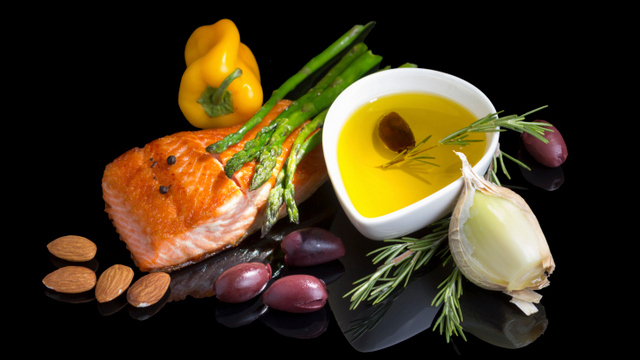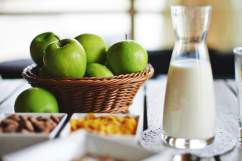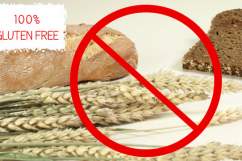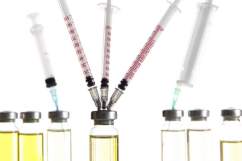
If you are constantly tired, moody, and have constant sinus problems and sugar cravings, then read on to see if candida overgrowth is to blame.
1. What is Candida?

Candida yeast
Candida is a fungus that is almost everywhere. It’s a form of yeast, and it normally lives in our mouths and intestines. It’s also the most common cause of fungal infections around the world.
2. The Symptoms of Candida Overgrowth
If there’s too much candida for any reason, (a round of oral antibiotics, for example), candida can multiply and become a problem. You can get yeast infections in your mouth, throat, skin, blood, and genitals.
Even if it’s not a full-blown infection, some people believe that our poor diets can cause candida overgrowth in our intestines. Some health practitioners believe that candida is to blame for common modern-day ailments like constant fatigue, headache, allergies, mood swings, depression, sugar cravings, weight gain, and sinus problems. Watch this short video above, created by the people behind The Ultimate Candida Diet, as they go through some of the more common symptoms.
Everyday Symptoms of Candida Overgrowth:
- Constantly feeling tired or fatigued
- Digestive problems like bloating, constipation, or diarrhea
- Problems with memory or concentration
- Irritability or mood swings
- Severe seasonal allergies
- Anxiety or depression
- Strong cravings for sugar and carbs
3. Foods You Should Eat on a Candida Cleanse Diet
There are a few different candida diet plans, but overall it is a very low-sugar diet. You are also encouraged to eat probiotics like natural yogurt and antifungals like ginger and garlic. Watch this video for a good overview on the foods and drinks you should eat on the Candida diet.
The Candida Diet website starts the diet with an optional cleanse, which is a raw vegetarian diet plus detox drinks.
The Anti-Candida Diet Foods:
- Non-starchy vegetables
- Probiotics
- Organic, fresh meat
- Wild salmon and small fish like anchovies
- Nuts like almonds, pecans, and walnuts
- High-fiber grains like quinoa, buckwheat, and millet
- Herbs and spices
- Only Stevia and Xylitol as sweeteners
- Antifunguls like garlic and ginger
If you need some guidance and recipes, then try The Candida-Free Cookbook for simple, delicious recipes.
4. Foods You Can’t Eat on the Candida Diet

You should try to avoid most sugar on the candida diet, but most people do re-introduce fruits and vegetables after they feel like their digestion is under control.
Foods to Avoid:
- Sugars including honey and syrup
- Alcohol (because of its high sugar content)
- Gluten (anything normally made with wheat like bread and pasta)
- Fruit
- Starchy vegetables like potatoes and carrots
- Pork
- Cured or processed meat
- All shellfish
- Dairy products
- Coffee and tea (caffeine in general)
- Soda, energy drinks, and juice
- Soy products
5. The Candida Diet Has Powerful Critics

Many traditional doctors believe that candida overgrowth is over-diagnosed by alternative health practitioners. According to the Mayo Clinic:
There isn’t much evidence to support the diagnosis of yeast syndrome. Consequently many conventional practitioners doubt its validity. And there are no clinical trials that document the efficacy of a candida cleanse diet for treating any recognized medical condition.
Not surprisingly, many people note improvement in various symptoms when following this diet. If you stop eating sugar and white flour, you’ll generally wind up cutting out most processed foods, which tend to be high in calorie content and low in nutritive value. Within a few weeks of replacing processed foods with fresh ones and white flour with whole grains, you may start to feel better in general. That, rather than stopping the growth of yeast in the gastrointestinal tract, is the main benefit of a candida cleanse diet.






Comments
The Candida Diet: 5 Fast Facts You Need to Know